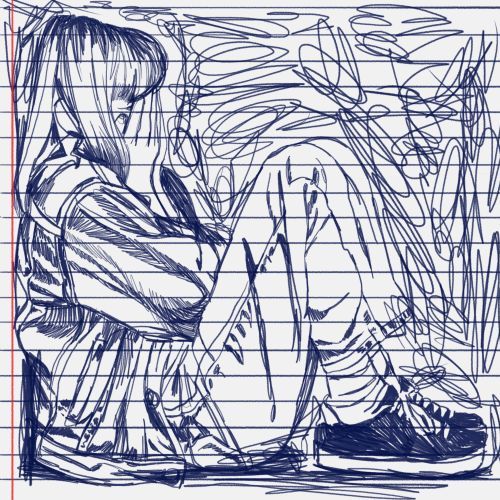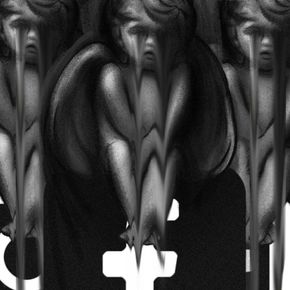History of education from ancient times to the 19th century in Japan
Education was probably present even among the first hominids, and its history dates back at least to the first written records from ancient civilizations. There is evidence of education in modern Egypt and the Middle East from approximately 3500 BC. For example, in Mesopotamia, the early logographic cuneiform writing system took many years to master, so a limited number of scribes were employed and trained in reading and writing. Only the royal offspring, the sons of wealthy people, scribes, doctors, and temple administrators were educated.
The emergence of guilds and free cities played a unique role in developing mediaeval education. Groups of craftsmen, often in secret, developed and maintained standards for their fields of work and established educational networks. The rise of cities and guilds took power over education away from political and religious leaders. Over time, guild networks, protected in free cities, gave rise to a new model of education – universities.
In the 19th and 20th centuries, the development of education went hand in hand with changes in childhood perception. Gradually, children began to be protected from the adult world and engaged in age-appropriate activities and education. The relationship between changing concepts of childhood in education is shown by the example of the Meiji reforms in Japan (second half of the 19th century). The new educational policy included, among others, spending time reading children’s books, educational games and learning targeted at different age groups.




























